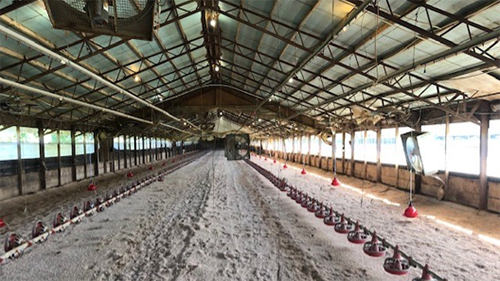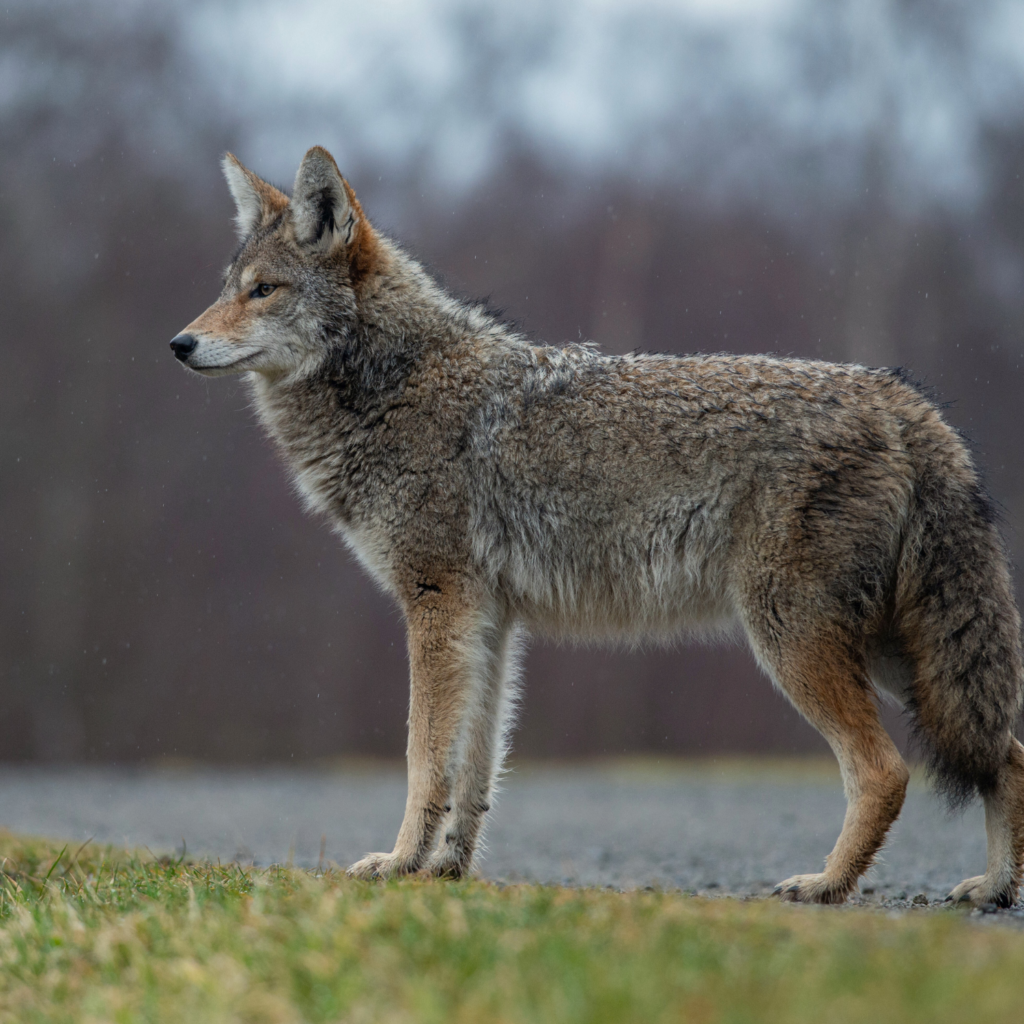Ventilation in the Brooder Barns
Fresh air is a must in the brooder barns for MacFarlane Pheasants’ chicks and juveniles. Consistent airflow dumps carbon dioxide and brings in oxygen for the birds to breathe. Fresh air also cuts the humidity, which, if left unchecked, can allow mold to grown and respiratory ailments to form. But especially in cooler weather, too much air can chill birds and increase mortality. At the farm, we’ve developed special methods for keeping our birds happy.
In the brooder barns, where all MacFarlane birds spend their first weeks, we employ two methods of ventilation that work together. The first is an industrial-size fan. The fan is placed at one end of the barn, and it creates pressure within the building for air to move. But the air itself is drawn in from the outside through two intake movers, which are square panels at either end of the barn. Some are mechanized, but most are simply responding to the air pressure differential from the fan. Fresh air is pulled in on one side, the fan pushes it down the barn, and the old, humid air is expelled through the opposite end. It works beautifully.
As you might expect, day-old chicks require less air than adult birds. Even then, this still poses issues, as our first hatch is in March during colder weather. It’s in these months that we must be especially careful with how much fresh air is brought in. If too much of the Wisconsin winter enters the barn, birds can chill, pile, and die. For this time, we use a supplemental system of eight smaller stir fans. We bring in a smaller amount of fresh air, which is then spread throughout the barn.
But during the summer months, when MacFarlane Pheasants is in our peak bird-rearing season, the more air the better. Fresh air reduces humidity along with the temperature, both of which spike during the dog days. During this time, we’re not taking a CO2 reading as much as we are watching the humidity, which we measure electronically. A humidity buildup is the first indication that something is wrong, and when something goes wrong, it’s probably a fan.
The typical lifespan of the fans we use is around three years. We employ onsite mechanics to replace motors and clear jams, the two most common problems, and we also send fans out to be repaired when possible. However, the workload we place on our machines often means that when a fan goes down, it must be replaced. When this is the case, they’re switched out with backups within a few hours.
Ventilation is key for pheasants when they’re in the brooder barns. Using a system of fans and intake movers, we’re able to keep the air flowing, and that keeps the birds content until they’re ready to be transitioned outside. After all, nothing beats the real thing, and no one has to explain to hunters that there’s nothing quite like the great outdoors.
Related Posts

Preparing Our Barns & Pens Each Spring
Read Post
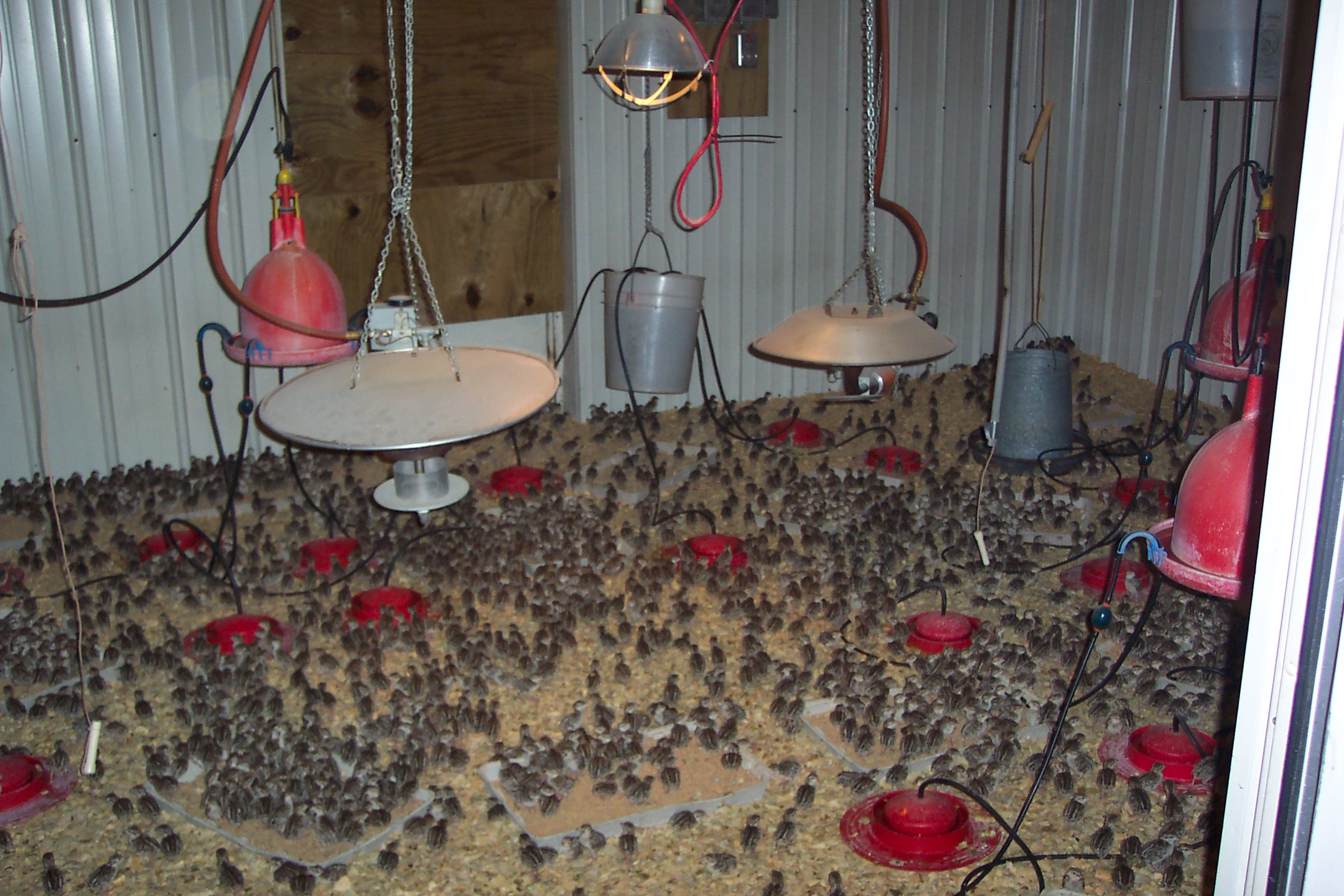
How We Prepare For Brooding Our Chicks
Read Post
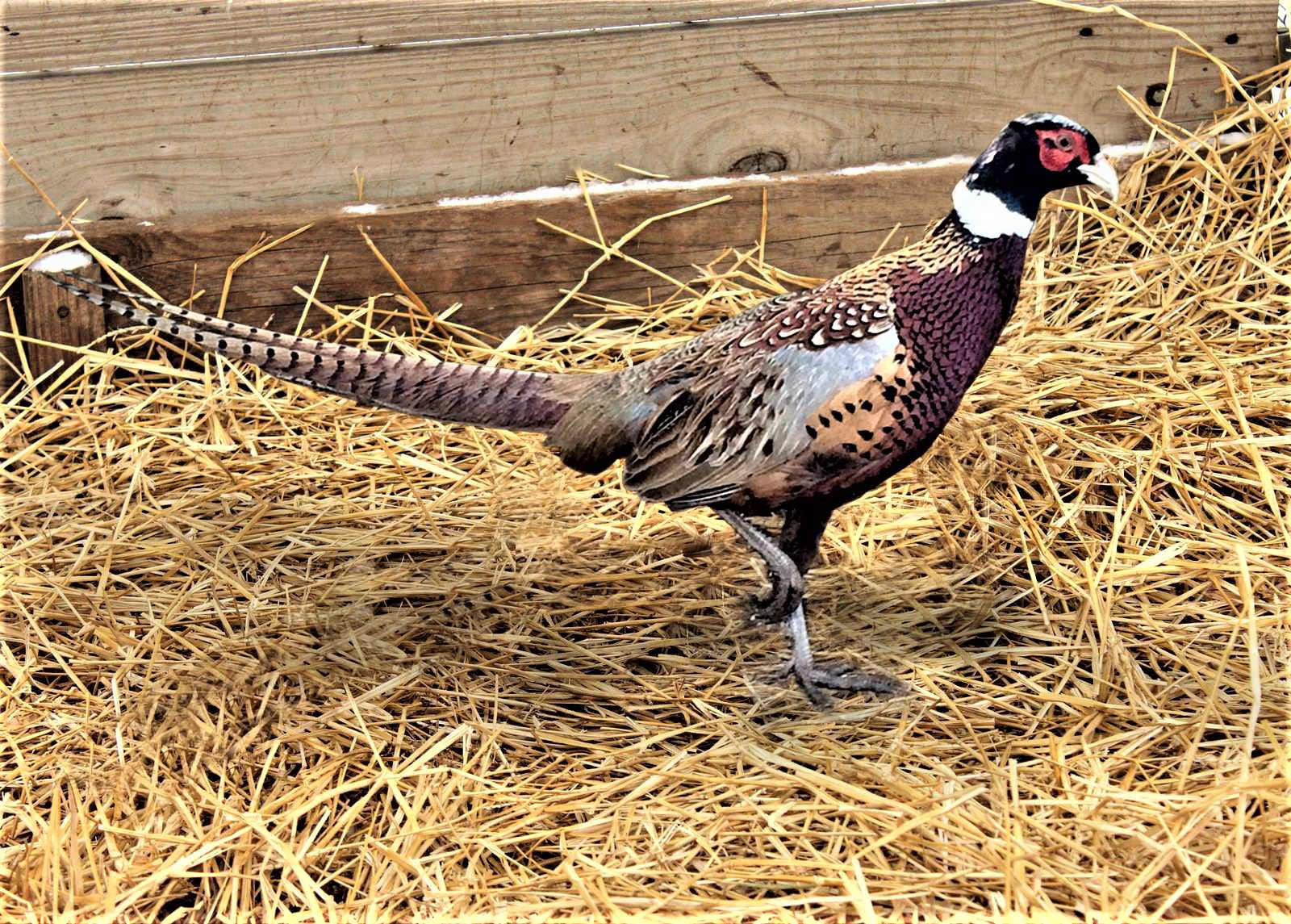
Our Milton Farm in 2024!
Read Post

10 Ways To Get the Most Out Of Brooder Barns
Read Post
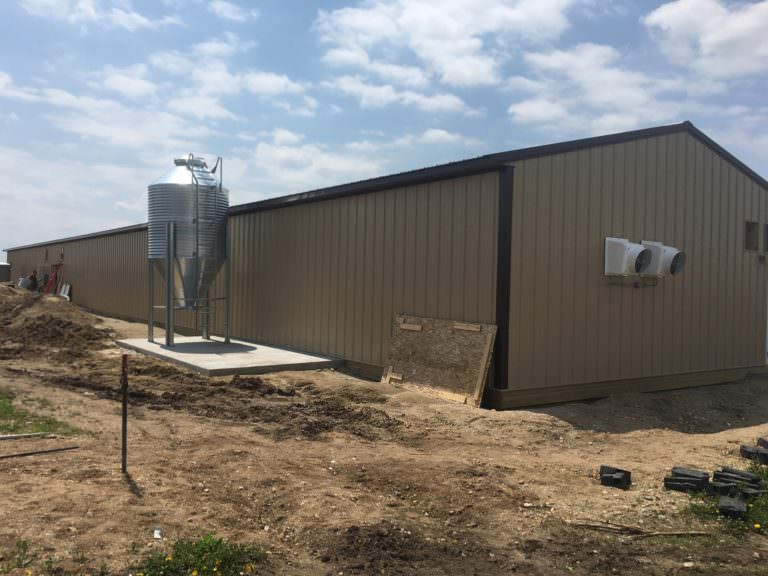
Air Flow in Barns
Read Post
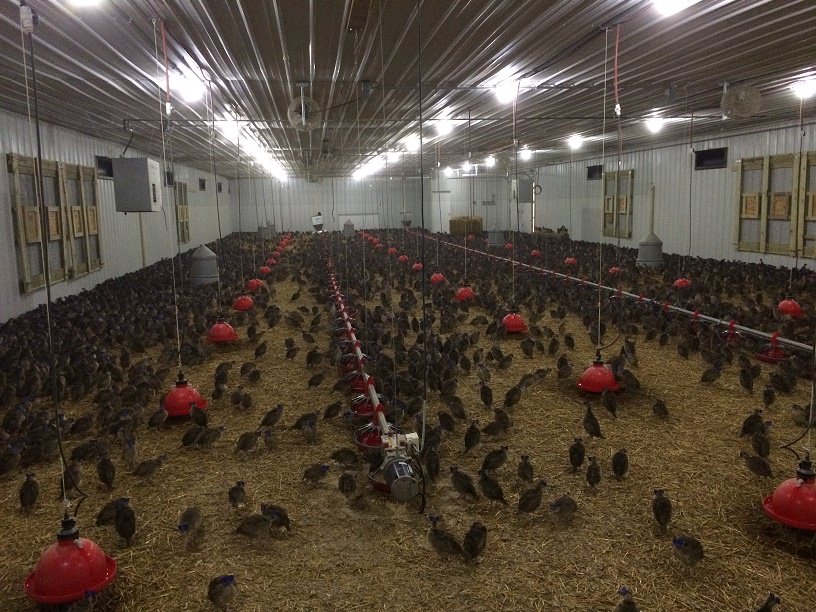
Barn Maintenance at MacFarlane Pheasants’ Milton Farm
Read Post
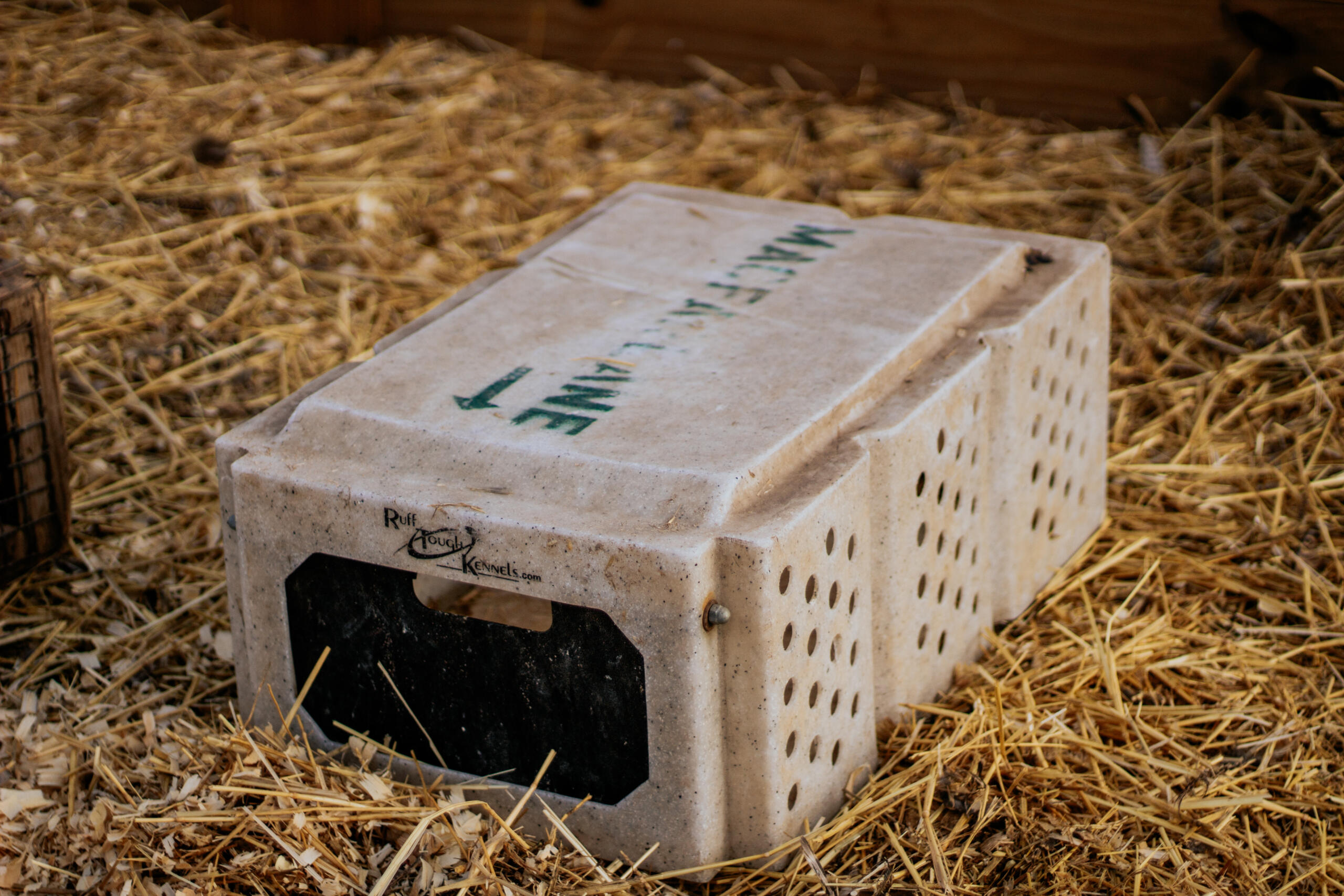
Best Bedding for Pheasants
Read Post
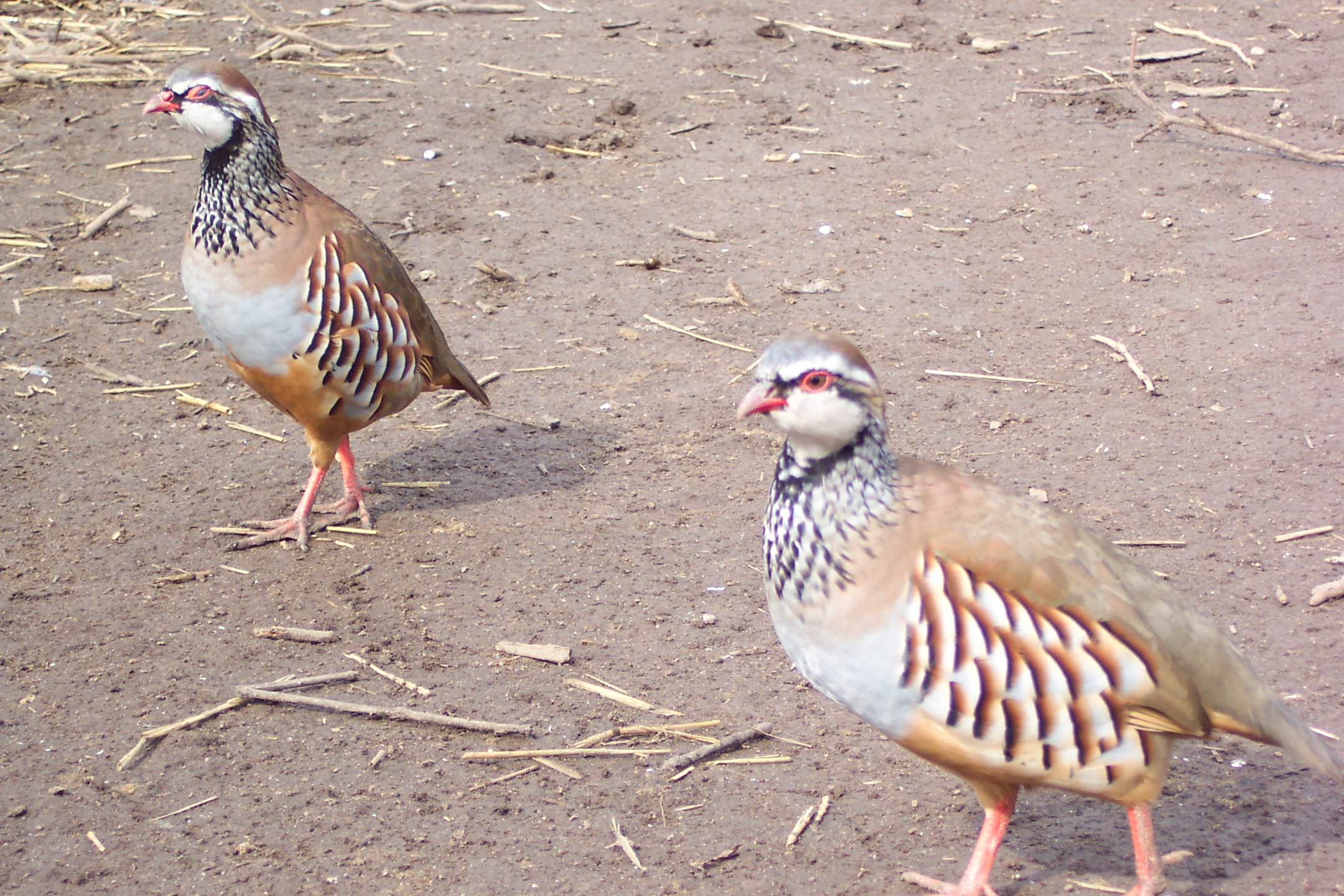
Birds On Top of Birds: Preventing Piling with Partridge Chicks
Read Post
Take Advantage of These Free Resources
As the biggest game bird farm in the United States, we want to share our experience with you. Download our free resources below and get started.

